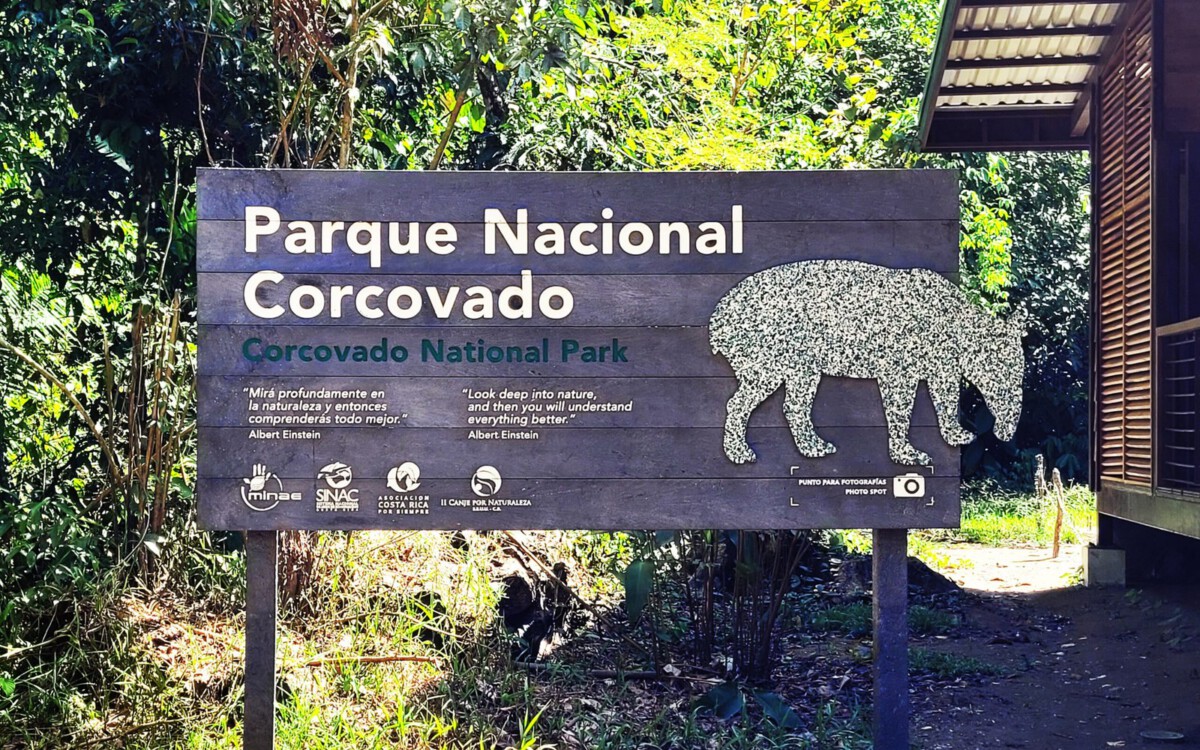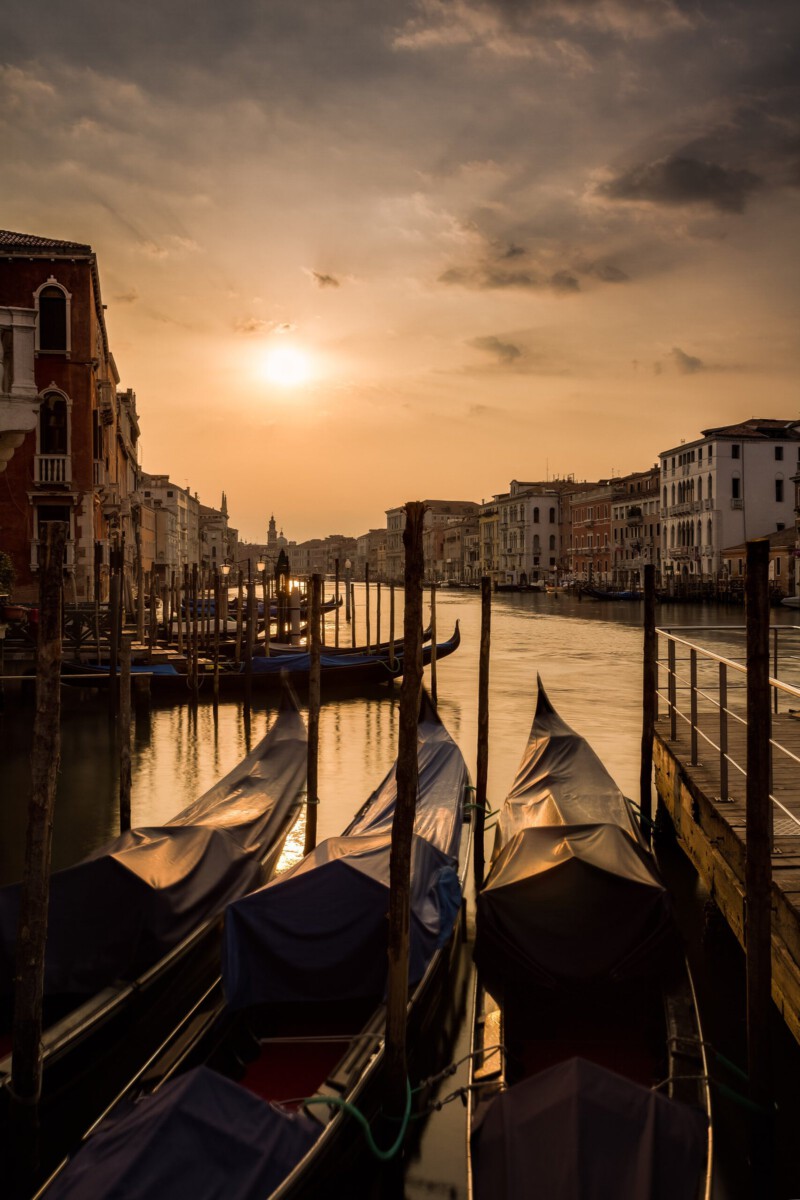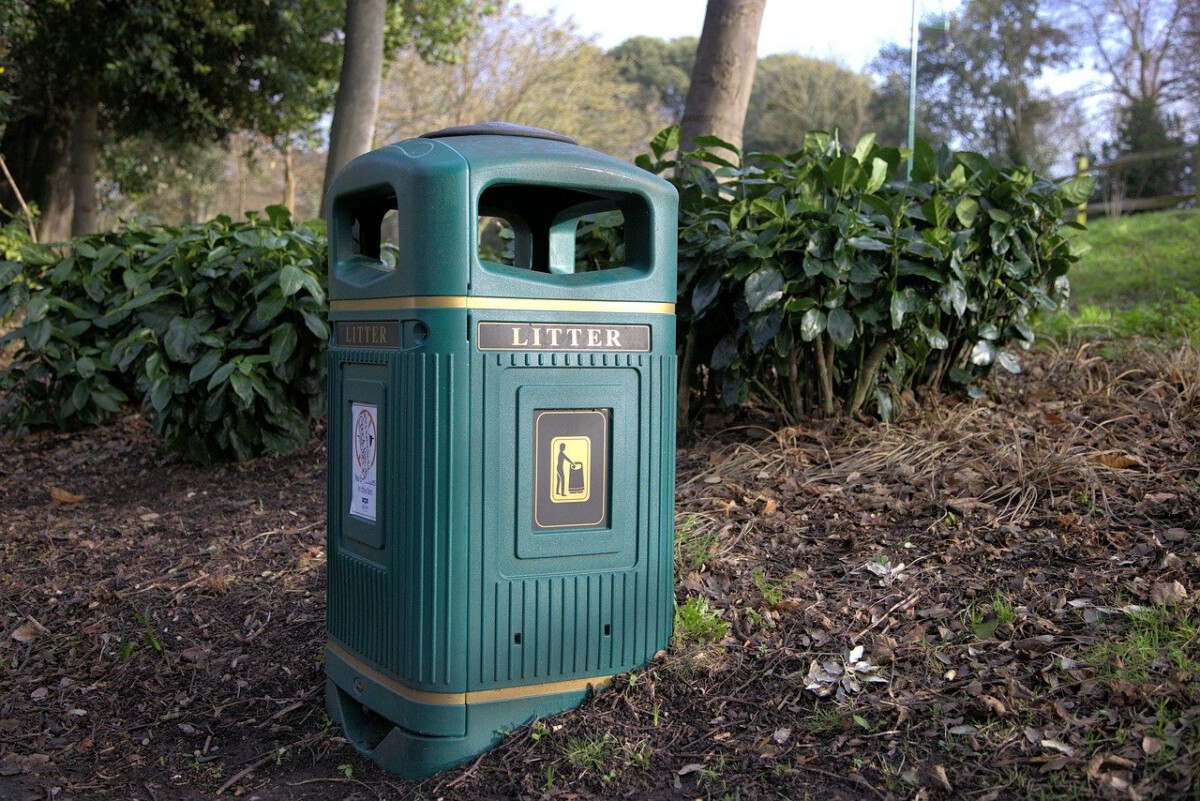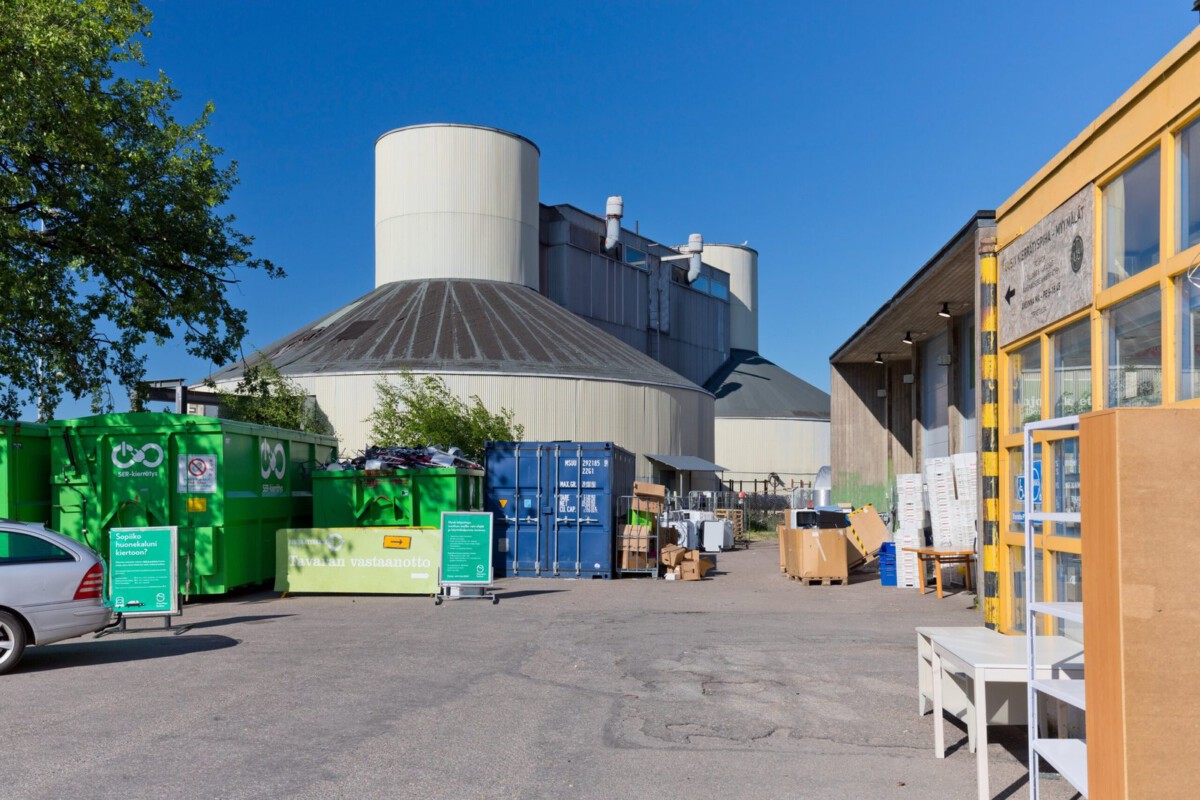The Rise of Eco-Tourism

Eco-tourism is no longer just a trend—it’s a movement that’s reshaping the way people travel. Since 2020, eco-friendly travel options have skyrocketed by 70%, reflecting a dramatic shift in traveler priorities. Organizations like the Global Eco-Tourism Network project a 14% annual growth in eco-tourism through 2025, fueled by heightened climate change awareness. Destinations worldwide are responding by building green infrastructure and enforcing conservation-focused regulations. This evolution is not only reducing the carbon footprint of tourism but is also driving economic growth in local communities. Many travelers are now making decisions based on sustainability, transparency, and ethical considerations. The demand for eco-conscious accommodations and responsible wildlife experiences is at an all-time high. Tourism operators are being challenged to meet these new standards, making eco-tourism a powerful force for positive change.
Costa Rica: A Model for Sustainable Travel

Costa Rica has long been the gold standard for sustainable travel, with over 25% of its territory protected as national parks and reserves. In 2025, the country continues to attract eco-tourists eager to explore rainforests, volcanoes, and rich biodiversity. Strict environmental laws and a focus on renewable energy—99% of electricity comes from renewables—set Costa Rica apart. The country’s eco-lodges blend comfort and environmental consciousness, offering unique experiences like guided wildlife tours and organic farm visits. National parks such as Corcovado and Manuel Antonio are teeming with wildlife, from scarlet macaws to tapirs. These parks provide vital habitats while supporting local economies through sustainable tourism. Costa Rica’s environmental leadership is inspiring other nations to adopt similar policies. This commitment ensures travelers enjoy nature while actively contributing to conservation efforts.
New Zealand: Adventure Meets Sustainability

New Zealand’s breathtaking landscapes have always lured adventure seekers, but now its sustainability efforts are just as impressive. The country is on a mission to achieve carbon neutrality by 2050, with a surge in eco-friendly travel options in 2025. Iconic destinations like Milford Sound and the Tongariro Alpine Crossing prioritize conservation, offering guided experiences that educate visitors about local ecosystems. Many tour operators are adopting electric vehicles and striving for zero waste, making adventures more sustainable. The government’s active support for eco-tourism is evident in grants and policies that encourage green investments. Community-based tourism is growing, giving travelers the chance to connect with Maori culture and support indigenous businesses. New Zealand’s blend of wild beauty and responsible tourism practices is setting new standards for the industry. The country’s efforts are a beacon for eco-adventurers seeking both thrills and a light ecological footprint.
Iceland: Nature’s Playground

Iceland’s raw, rugged landscapes have made it a magnet for nature lovers, and its green credentials only add to the appeal. In 2025, Iceland stands out for producing all its electricity from geothermal and hydropower sources. Tourists flock to iconic sites like the Golden Circle, where they can witness geysers and waterfalls while learning about environmental stewardship. The country has made eco-friendly travel easy, with accommodations and tours designed to minimize impact. Iceland’s national parks exemplify conservation, safeguarding glaciers, volcanic landscapes, and rare species. The tourism sector actively promotes Leave No Trace principles, encouraging visitors to respect and preserve the land. New green initiatives, such as carbon-neutral tour companies, are on the rise. These efforts ensure that Iceland’s pristine environments remain unspoiled for future generations.
Bhutan: The Land of Gross National Happiness

Bhutan offers a distinctly different approach to sustainable tourism by measuring success through Gross National Happiness instead of GDP. The government tightly regulates tourism, limiting visitor numbers to protect natural and cultural heritage. In 2025, travelers can immerse themselves in Bhutanese culture, visiting ancient monasteries and hiking through untouched forests. Eco-friendly hotels and organic farms are common, supporting both environmental and social well-being. Bhutan’s policies encourage responsible travel, with proceeds from tourism reinvested into community projects and conservation. The country’s forests act as a carbon sink, absorbing more emissions than Bhutan produces. Visitors can participate in community-based experiences, deepening their understanding of local traditions. Bhutan’s holistic model demonstrates how happiness and sustainability can go hand in hand.
Kenya: Wildlife Conservation and Community Engagement

Kenya is a trailblazer in wildlife conservation, with expansive national parks like Maasai Mara and Amboseli safeguarding endangered species. In 2025, eco-tourists are choosing Kenya for safaris that directly fund conservation and community projects. The rise of community-based tourism initiatives empowers local people, giving them a stake in protecting wildlife and natural resources. Innovative eco-lodges and tented camps offer immersive experiences while prioritizing sustainability. Kenya’s anti-poaching strategies, including technology-driven monitoring, have reduced elephant and rhino poaching rates. Travelers can engage with Maasai and Samburu communities, learning about traditional conservation methods. The government’s support for responsible tourism is clear in its policy frameworks and investment in green infrastructure. Kenya’s approach proves that tourism can be a force for both conservation and social good.
Portugal: Sustainable Coastal Retreats

Portugal’s spectacular coastline is drawing eco-tourists seeking both relaxation and responsibility. In 2025, the Algarve region leads with sustainable resorts and eco-certified accommodations that blend seamlessly into the landscape. The country’s shift to renewables is remarkable, with more than 50% of its energy coming from clean sources. Visitors can enjoy low-impact activities like surfing, hiking, and wildlife watching, all while supporting local conservation efforts. Portugal’s government has introduced incentives for businesses to adopt green practices, from reducing plastic waste to preserving sensitive habitats. Coastal towns offer organic cuisine and promote local artisans, creating a sustainable tourism economy. The country’s Blue Flag beaches boast some of the cleanest waters in Europe. Portugal’s focus on sustainable tourism is enhancing its reputation as a leading eco-friendly destination.
Canada: Embracing Nature and Sustainability

Canada’s vast wilderness areas make it a dream destination for eco-tourists, and its green policies are catching up with its wild reputation. In 2025, travelers can explore iconic sites like Banff and Jasper National Parks, where conservation is at the heart of every visitor experience. Canada is working hard to reduce greenhouse gas emissions, with ambitious targets set for the next decade. Eco-accommodations are growing, featuring everything from solar-powered lodges to sustainable glamping sites. The government funds projects to protect wildlife corridors and restore ecosystems, ensuring tourism doesn’t compromise nature. Adventure seekers can kayak crystal-clear lakes or hike ancient forests while supporting local conservation efforts. Indigenous tourism is also expanding, offering authentic cultural experiences that benefit First Nations communities. Canada’s commitment to sustainability is making it a model for responsible tourism.
Japan: Blending Tradition with Sustainability

Japan is making waves in eco-tourism by combining its rich traditions with innovative sustainability strategies. In 2025, travelers can witness cherry blossom festivals, visit ancient temples, and trek through protected national parks, all with a minimal carbon footprint. Many hotels and ryokans are now powered by renewable energy, and local food is prioritized to cut down on transportation emissions. Japan’s government has set clear goals for reducing carbon output and supporting sustainable travel infrastructure. Cultural experiences such as tea ceremonies and rural homestays connect visitors to centuries-old practices rooted in environmental respect. Community-based tourism projects are thriving, giving travelers opportunities to support rural economies. Conservation initiatives are helping preserve rare species and unique landscapes across the archipelago. Japan’s seamless blend of old and new makes it a fascinating and sustainable destination.
The Future of Eco-Tourism

Eco-tourism is set to become a defining force in the travel industry as awareness of environmental issues continues to grow. In 2025, advances in green technology are making sustainable travel more accessible and affordable than ever before. Destinations are leveraging innovation to reduce waste, conserve energy, and protect ecosystems while offering authentic experiences. The rise of responsible travel is driving demand for eco-certified accommodations, carbon-neutral tours, and community-based experiences. Conservation and local engagement are becoming central to tourism strategies, ensuring that travel benefits both people and the planet. As more travelers seek meaningful, low-impact adventures, the industry is adapting with new standards and creative solutions. The transformative power of eco-tourism is inspiring governments and businesses to rethink their approach. The momentum shows no signs of slowing as travelers and destinations alike embrace a greener future.




